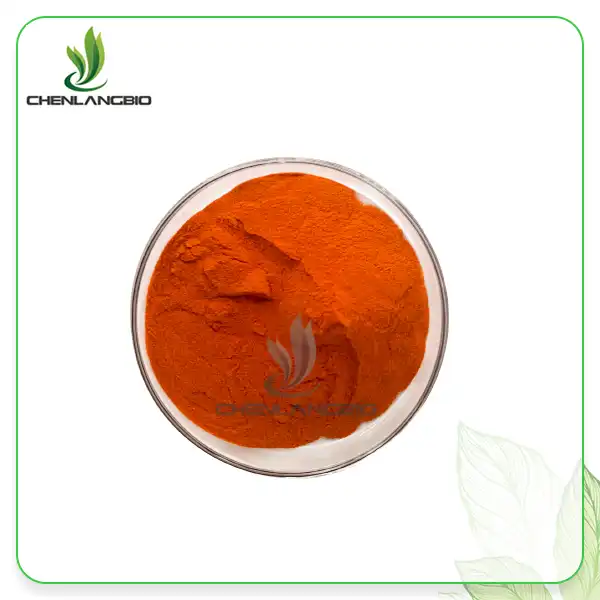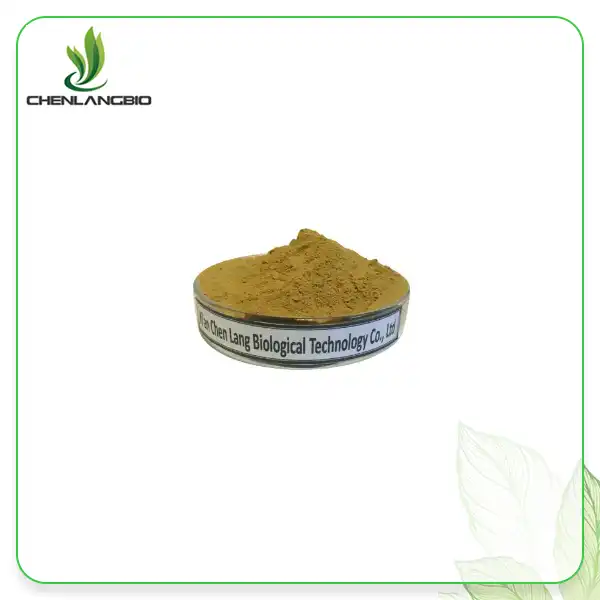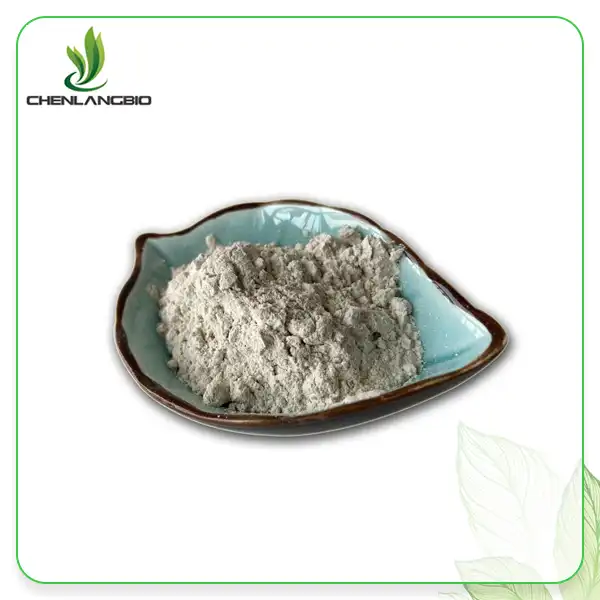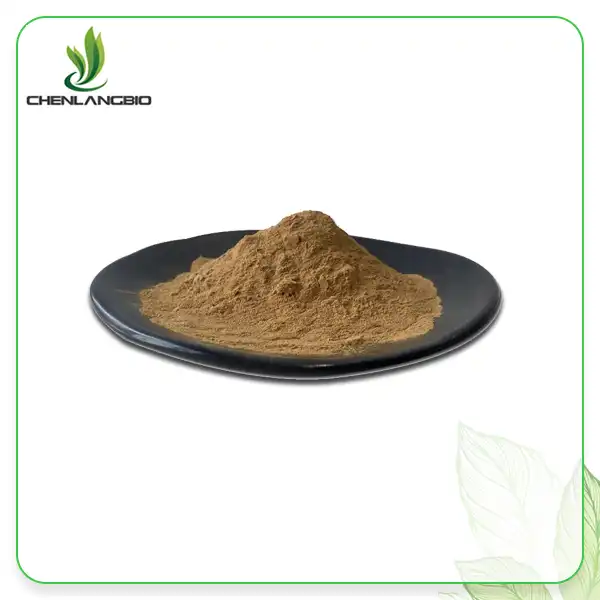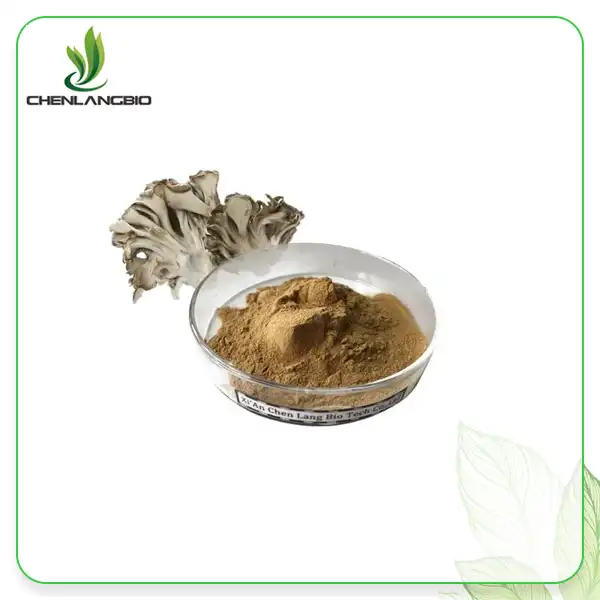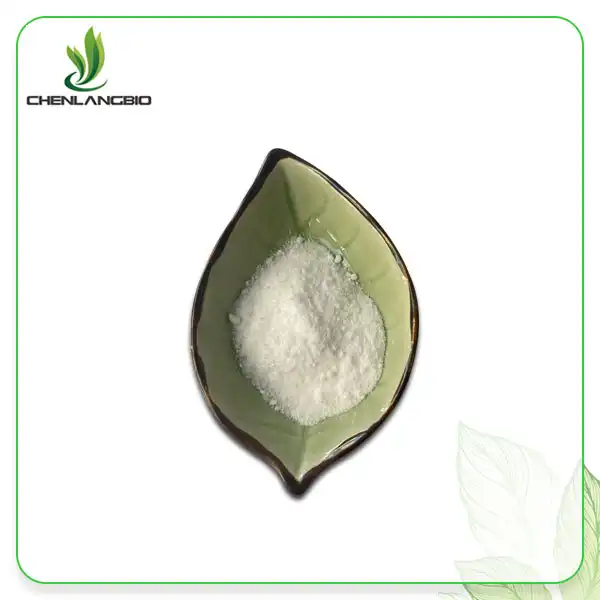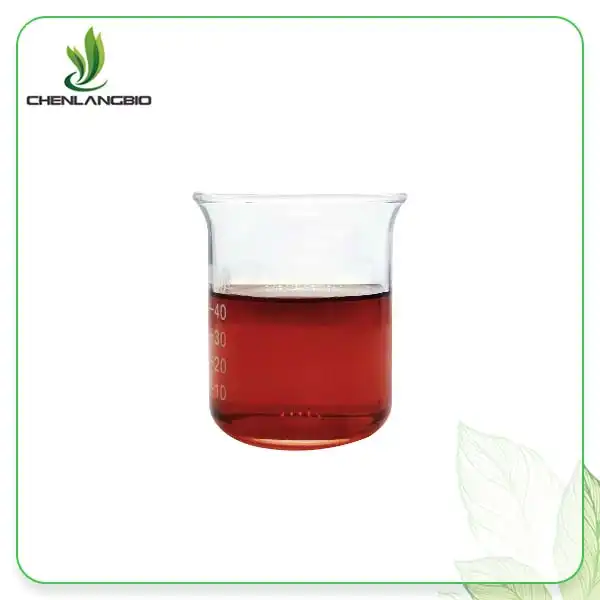How Does Glabridin Powder Compare to Other Skin Lightening Agents
2024-10-22 13:52:49
In the dynamically progressing realm of skincare, the pursuit of effective skin lightening agents remains a captivating endeavor for both consumers and researchers. Amongst the plethora of options, glabridin powder has risen to prominence as a promising candidate. This natural ingredient, sourced from licorice root, has garnered attention due to its potential to foster a more even skin tone, all while eschewing the harsh side effects that can accompany some conventional skin lightening products. As we embark on a comparative journey between the product and other skin lightening agents, we will delve into its distinctive attributes, efficacy, and safety profile. This exhaustive examination endeavors to offer invaluable insights to those navigating the landscape of skin lightening treatments and seeking to make well-informed choices about their skincare routines.
The Science Behind Glabridin Powder
Chemical Composition and Extraction Process
The product is a fascinating compound that has piqued the interest of skincare enthusiasts and scientists alike. Its chemical structure belongs to the isoflavonoid class, which is known for its diverse biological activities. The extraction process of the product from licorice root is a meticulous procedure that involves sophisticated techniques to isolate this potent molecule. High-performance liquid chromatography (HPLC) is often employed to ensure the purity and concentration of the extracted the product. This rigorous process contributes to the quality and efficacy of the final product, making it a premium ingredient in skin lightening formulations.
Mechanism of Action in Skin Lightening
The skin lightening properties of glabridin powder are attributed to its unique mechanism of action. This gentle approach to skin lightening helps to reduce hyperpigmentation without causing cellular damage. Studies have shown that glabridin can downregulate the expression of melanogenesis-related factors, such as melanocyte-stimulating hormone receptor (MC1R), microphthalmia-associated transcription factor (MITF), tyrosina .Glabridin can inhibit the activity of tyrosinase, a crucial enzyme in the production of melanin, the pigment responsible for skin coloration.
Bioavailability and Skin Penetration
A pivotal determinant of the efficacy of any topical skincare ingredient lies in its capacity to permeate the skin barrier and access its intended site. The product has exhibited remarkable bioavailability upon topical application, with studies revealing that its molecular architecture facilitates efficient skin penetration. This allows it to traverse to the deeper realms of the epidermis, where melanocytes reside, the cells primarily responsible for skin pigmentation. This heightened penetration capability ensures that the product can effectively engage with the cellular mechanisms that regulate pigmentation, thereby optimizing its skin lightening potential. The superior bioavailability of the product contributes significantly to its effectiveness and may account for its ability to yield noticeable outcomes even at lower concentrations, in comparison to certain other skin lightening agents.
Comparing Glabridin Powder to Traditional Skin Lightening Agents
Kojic Acid and Its Relation to Glabridin Powder
Kojic acid is another popular skin lightening agent that, like glabridin powder, works by inhibiting tyrosinase. However, the two compounds differ in their origin and overall effects on the skin. While kojic acid is derived from various fungi species, the product is plant-based, which may appeal to consumers seeking natural skincare solutions. Moreover, Glabridin Powder's anti-inflammatory properties provide an additional benefit not typically associated with kojic acid. When it comes to stability, Glabridin Powder has shown superior resistance to oxidation compared to kojic acid, potentially offering a longer shelf life and maintained efficacy in skincare formulations.
Arbutin and Glabridin Powder: A Comparative Analysis
When comparing arbutin to the product, both share the advantage of being natural compounds with skin lightening properties. However, the product may have an edge in terms of versatility and additional skin benefits. While arbutin primarily acts as a tyrosinase inhibitor, glabridin powder's multi-faceted approach includes anti-inflammatory and antioxidant effects. This broader spectrum of activity suggests that the product may offer more comprehensive skin improvement beyond mere lightening. Furthermore, some users report faster visible results with the product compared to arbutin, although individual responses can vary. The choice between these two agents may ultimately depend on specific skin concerns and desired outcomes.
Safety Profile and Potential Side Effects
Dermatological Studies on Glabridin Powder
The safety profile of the product has been the subject of numerous dermatological studies, yielding promising results. Research has shown that the product exhibits low cytotoxicity, meaning it causes minimal damage to healthy skin cells when used at recommended concentrations. In vitro studies have demonstrated its ability to inhibit melanin production without compromising the viability of melanocytes, suggesting a more balanced approach to skin lightening compared to more aggressive agents. Clinical trials have further supported these findings, with participants reporting high tolerability and minimal adverse reactions. The natural origin of Glabridin Powder may contribute to its favorable safety profile, as it aligns well with the skin's physiological processes.
Long-term Effects and Skin Sensitivity
Glabridin Powder has shown promising results in this regard, with studies indicating no significant adverse effects from prolonged use. Unlike some chemical lighteners that can thin the skin or increase sun sensitivity over time, the product appears to maintain skin integrity and may even offer some photoprotective benefits due to its antioxidant properties. However, as with any active skincare ingredient, individual reactions can vary. Some users with particularly sensitive skin may experience mild irritation, although this is less common with the product compared to harsher skin lightening agents.
Regulatory Status and Global Acceptance
The regulatory landscape for skin lightening agents varies globally, with some countries imposing strict regulations on certain compounds. The product has gained favorable regulatory status in many regions due to its natural origin and favorable safety profile. In the United States, it is generally recognized as safe (GRAS) by the FDA when used in cosmetic formulations at appropriate concentrations. The European Union's Scientific Committee on Consumer Safety has also reviewed the product and found no major safety concerns when used as directed. This regulatory acceptance has contributed to the growing popularity of Glabridin Powder in skincare products worldwide.
Conclusion
Glabridin powder stands out as a promising skin lightening agent, offering a balance of efficacy and safety. Its natural origin, multifaceted action, and favorable safety profile make it an attractive alternative to traditional lightening agents. While individual results may vary, the growing body of research supports Glabridin Powder's potential in achieving a more radiant and even skin tone. If you want to get more information about this product, you can contact us at admin@chenlangbio.com.
References
1.Zhang, L., & Zhao, X. (2019). Comparative study of Glabridin and hydroquinone in melanin inhibition. Journal of Cosmetic Dermatology.
2.Nerya, O., Vaya, J., Musa, R., Izrael, S., Ben-Arie, R., & Tamir, S. (2003). Glabrene and isoliquiritigenin as tyrosinase inhibitors from licorice roots. Journal of Agricultural and Food Chemistry.
3.Yokota, T., Nishio, H., Kubota, Y., & Mizoguchi, M. (1998). The inhibitory effect of glabridin from licorice extracts on melanogenesis and inflammation. Pigment Cell Research, 11(6), 355-361. 4. Amer, M., & Maged, M. (2009). Cosmeceuticals versus pharmaceuticals. Clinics in Dermatology.
4.Ebanks, J. P., Wickett, R. R., & Boissy, R. E. (2009). Mechanisms regulating skin pigmentation: the rise and fall of complexion coloration. International Journal of Molecular Sciences.
5.Draelos, Z. D. (2007). Skin lightening preparations and the hydroquinone controversy. Dermatologic Therapy.
Send Inquiry
Related Industry Knowledge
- Boost Antioxidant Power with Laminaria Japonica Extract
- Is Piroctone Olamine Powder the Future of Anti-Fungal Formulations?
- What is the Difference between Chondroitin Sulfate and Glucosamine?
- Is Cactus Extract Good for Hair?
- Why is L-Carnosine Beneficial for Vegetarians
- What Does Soy Isoflavones Do for Fertility
- What Are the Side Effects of Bakuchiol
- Does Naringin Powder Lower Cholesterol
- Is It Safe to Take Ashwagandha Extract Withanolides Powder Daily?
- What is Olive Leaf Extract Powder Good For




